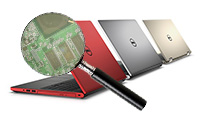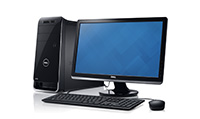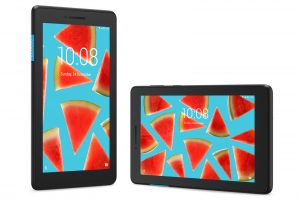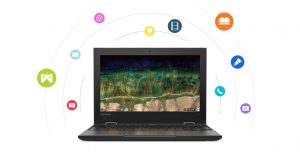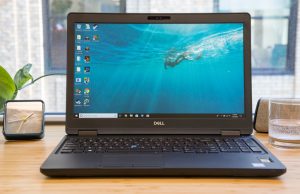

The biggest obstacle standing in the way of this new technology is just that – the creation of new technology. The success of The Machine will be determined primarily by the success of its four main components – photonics, memristors, system on a chip (SOC), and operating system – all fields of research that themselves are not quite perfected yet. Analyst Richard Fichera has an insider’s take on HP’s latest venture, having served as director of BladeSystem strategy at Hewlett-Packard from 2006-2010. He took an in-depth look at what needs to happen in each of these respective fields in order for The Machine to be a success and provided some insight this week on the biggest hurdles that it will face along the way.




Fichera summed it up best this week, stating that “HP’s in a very good position to deliver systems that utilize this kind of architectural thought. [But] there’s no way anyone can deliver everything they’ve got here in a working system in six years. That’s asking a lot. But the net fallout will be we will get much better systems as more and more people look at these kinds of contributing technologies. If we change HP’s recipe to ‘system on chip, a better persistent memory layer, better inter-connection and data transmission, and improvements in operating system and software environment’ those four things are kind of defining what we need to do to solve this problem.”

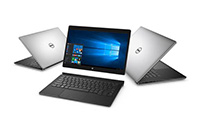 Laptop & Tablet Parts
Laptop & Tablet Parts